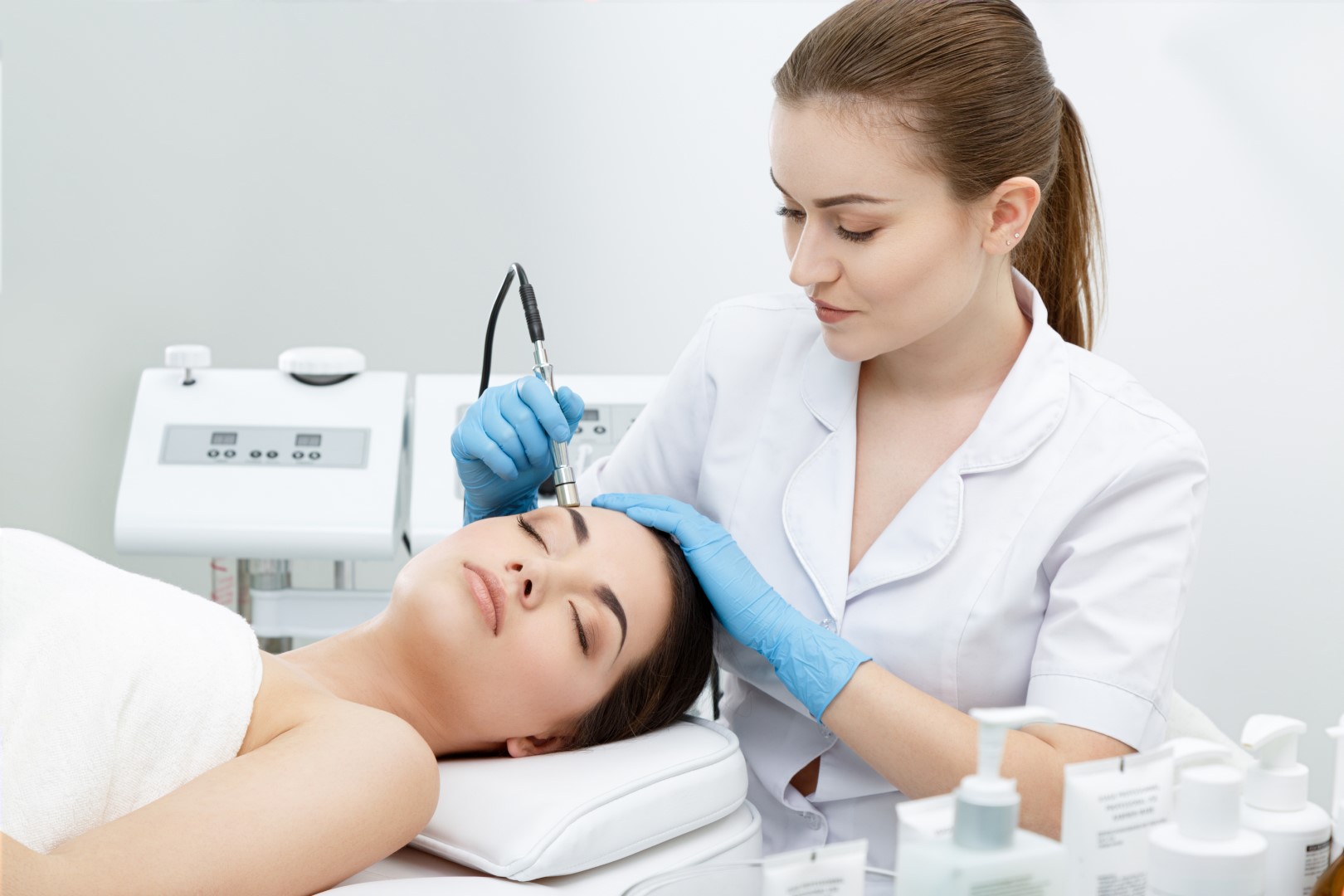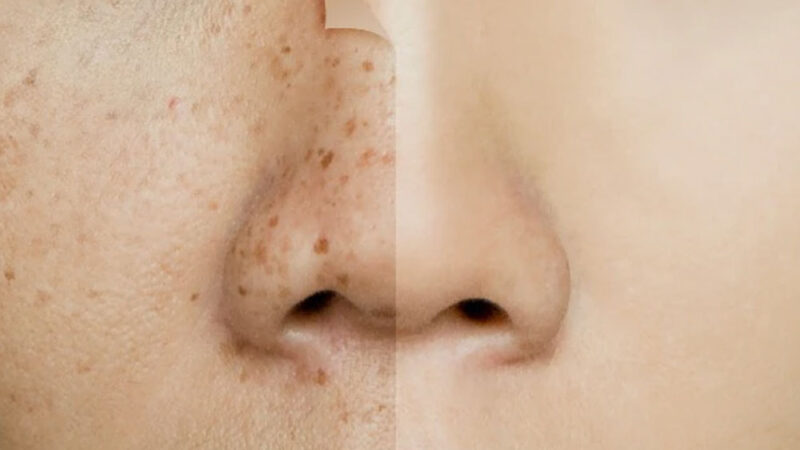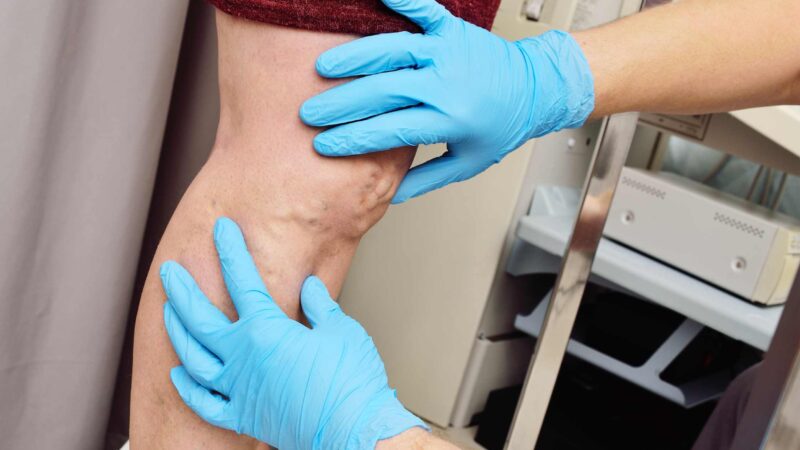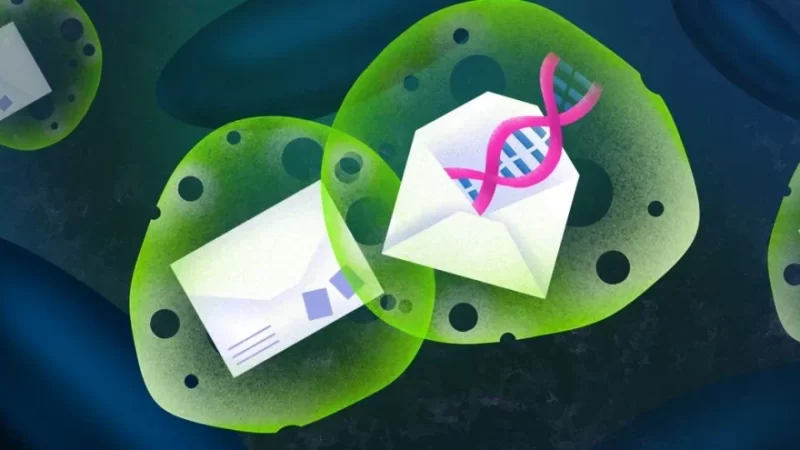Effective Treatments to Eliminate Unflattering Age Spots

Chances are that you will develop age spots as you age, and while they may not be a medical concern, they can significantly affect your appearance. You don’t need to tolerate these unflattering spots when Dr. Michael Paltiel offers simple, non-invasive treatments.
Signs indicating age spots
Age spots are tiny, unflattering flat dark areas that develop on your skin surface. They often develop on the parts exposed to the sun, such as arms, shoulders, face, and hands. Age spots are more prevalent in people above 50 years, but they can also affect younger adults if they spend too much time in the sun.
Although these spots look like cancerous growths, they rarely require treatment. They show that your skin has received too much sun exposure and is trying to protect itself from sun damage. You can avoid getting age spots by applying sunscreen whenever you go out or avoiding too much sun exposure. While age spots can affect anyone, they are more prevalent in light-skinned individuals. Age spots rarely fade on their own, unlike freckles which fade over time.
Age spots are usually flat and oval-shaped, brown or tan, and often occur in clusters. Although age spots rarely cause alarm, you should consider informing your doctor if they change in size or appearance. The sudden changes may signify an aggressive form of skin cancer, such as melanoma. If you also have age spots that bleed, have unusual color combinations, or have an irregular border, inform your doctor immediately.
Factors contributing to the development of age spots
Age spots are a result of a skin pigment or excessive melanin production. Medical experts suggest that if you have a family history of age spots, you have a higher chance of developing them. Other factors that may elevate your risk include ultraviolet (UV) light exposure like sun exposure, tanning beds, and skin aging. The most effective way of minimizing your risk of developing age spots is wearing protective clothing when going out or applying sunscreen.
Available treatments for age spots
During your initial Adult and Pediatric Dermatology appointment, the team completes a comprehensive physical evaluation to rule out skin cancer. They then educate you about the available treatment options and recommend the safest and most effective option. Your treatment plan may include laser or pulsed light treatment, which destroys the pigment-producing cells without interfering with the surrounding tissue.
The team may also prescribe medications to reduce the appearance of the spots. They may also recommend freezing the spots to destroy the pigmented tissues, a procedure known as cryotherapy. Your provider may also recommend chemical peels which remove the damaged skin cells, providing room for cell regeneration. Your treatment depends on your severity, size, and type of spots. Your doctor reviews your medical history before developing a treatment plan to optimize your health outcome.
To explore more about age spot treatments, contact the Adult and Pediatric Dermatology or use the online booking tool to create an appointment today.







